 19 September 2016
New research challenges ideas on how the Earth was made
19 September 2016
New research challenges ideas on how the Earth was made
... that are present in the Solar System today. *(isotopes are atoms of an element with the normal number of protons and electrons, but different numbers of neutrons)
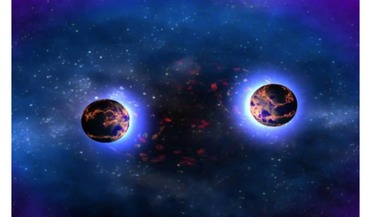 05 October 2016
Neutron star natal kicks could be the catalyst for binary formation and new gravitational wave sources
05 October 2016
Neutron star natal kicks could be the catalyst for binary formation and new gravitational wave sources
... when stars with an initial mass of eight solar masses or more undergo core collapse. During this process protons and neutrons essentially melt into each other to form neutrons and the energy involved in such a process...
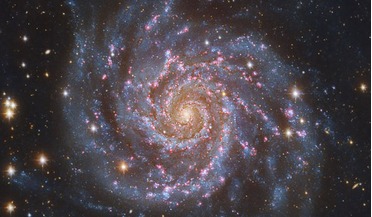 16 December 2016
Mini-spiral galaxies may transform how dark matter is perceived
16 December 2016
Mini-spiral galaxies may transform how dark matter is perceived
..., which are classed as leptons. Baryonic matter on the other hand is made up of particles found in an atomic nuclei, such as protons and neutrons. WIMPS stands for Weakly Interacting Massive Particles and these hypothetical particles are thought...
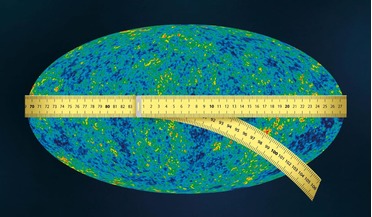 28 December 2016
Discrepancies in data suggest less dark matter now than after the big bang
28 December 2016
Discrepancies in data suggest less dark matter now than after the big bang
..., but then some of it decayed. "Let us imagine that dark matter consists of several components, as in ordinary matter (protons, electrons, neutrons, neutrinos, photons). And one component consists of unstable particles with a rather long lifespan...
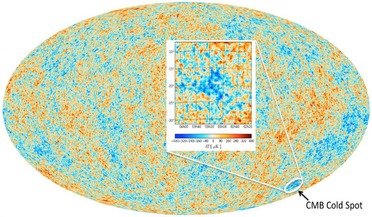 26 April 2017
Cold Spot in CMB could be evidence for a multiverse
26 April 2017
Cold Spot in CMB could be evidence for a multiverse
... sky. It is the oldest light in the universe, dating back to the epoch of recombination when charged electrons and protons first came together to form electrically neutral hydrogen atoms. This relic radiation has been extensively studied...
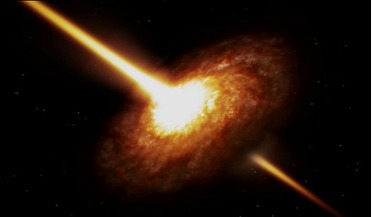 22 May 2017
Researchers create largest-ever 3D map of the Universe
22 May 2017
Researchers create largest-ever 3D map of the Universe
... (BAO), which are regular, periodic fluctuations in the density of the visible baryonic matter (normal matter such as protons and electrons) of the Universe. These oscillations are analogous to sound waves created in air by pressure differences and...